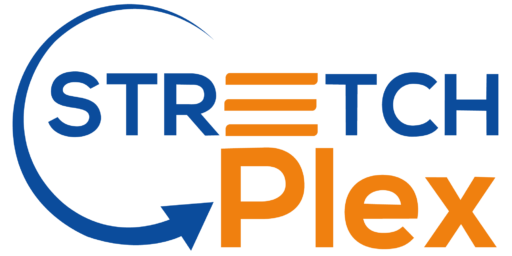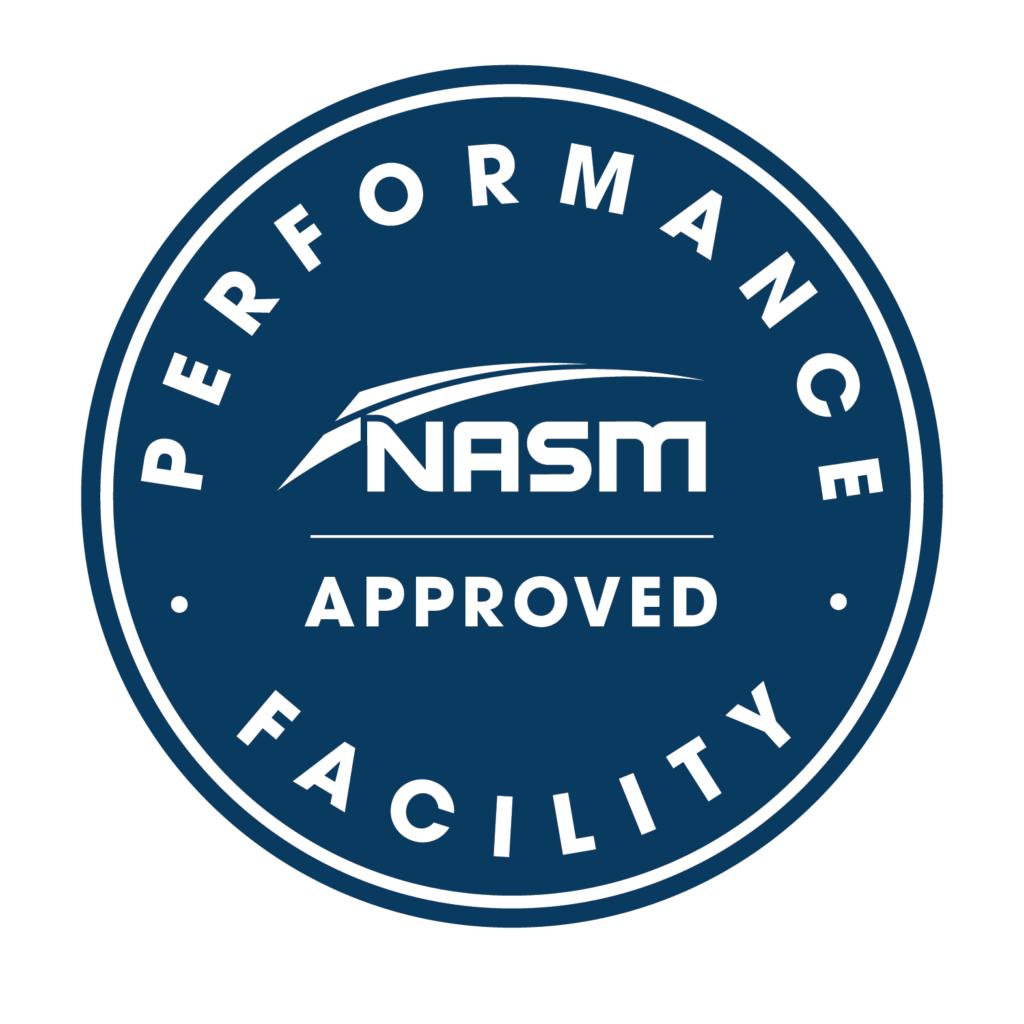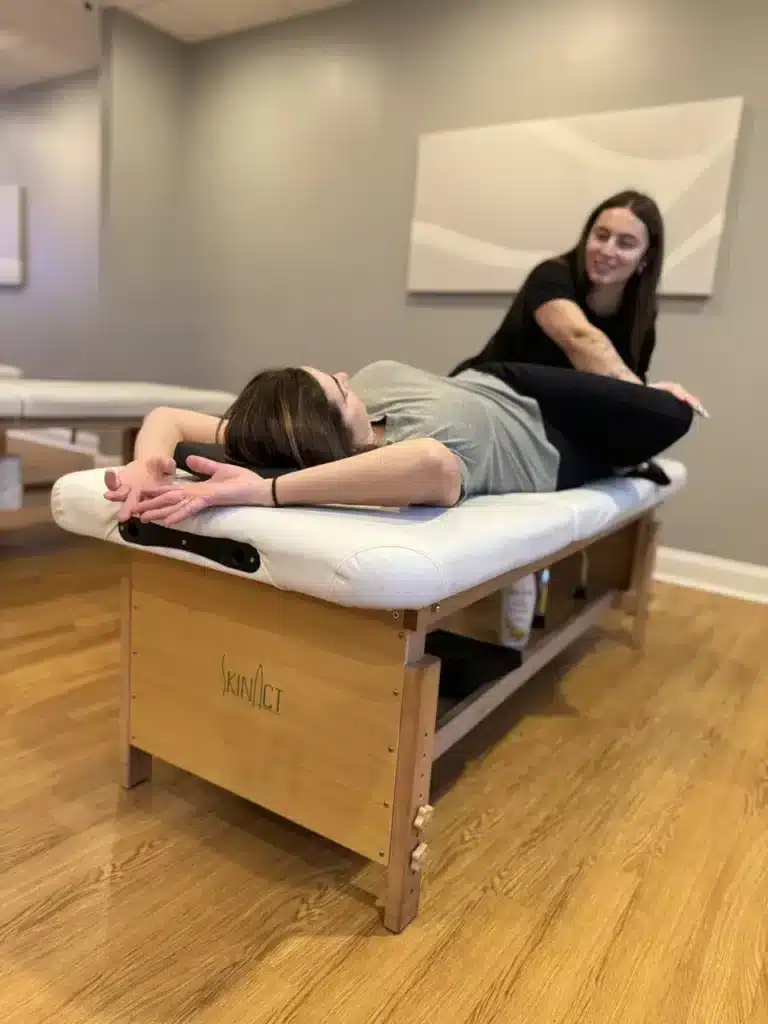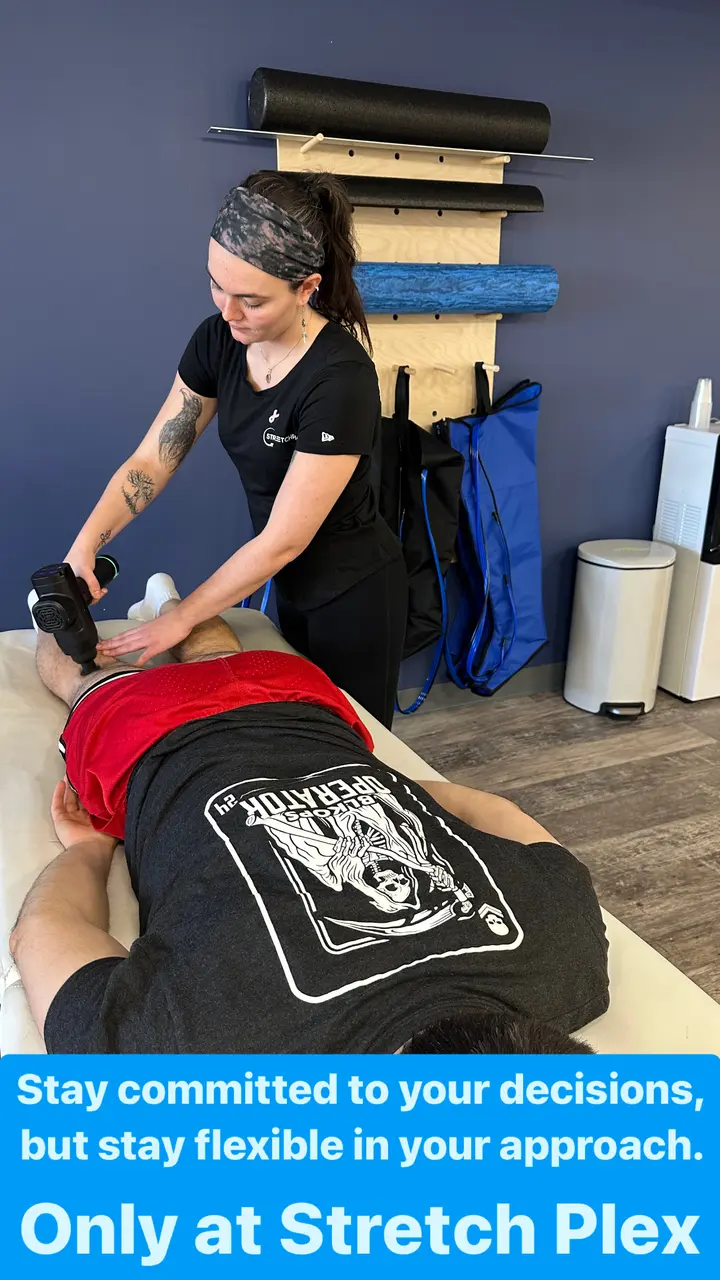In our fast-paced world, muscle tension can become a common affliction. We often forget to take care of our bodies, leading to discomfort and restricted movement. Luckily, incorporating body stretching techniques into your routine can be a game-changer. This article explores twelve effective stretching methods to help you relieve muscle tension and enhance your flexibility.
1. Dynamic Warm-Up Stretches
Dynamic warm-up stretches prepare your muscles for activity. Think of arm circles and leg swings that invigorate the body while boosting blood flow. These stretches not only enhance performance but also play a pivotal role in injury prevention. By engaging your muscles in a controlled manner, you can improve joint stability and athletic efficiency.
Focusing on mobility, dynamic stretches are particularly beneficial when performed before a workout or physical activity. They gradually elevate your heart rate while extending your range of motion. Remember, the goal here is to get your body moving and ready—so have fun with it! Incorporate playful movements that mimic the exercise you’re about to do, ensuring your body is well-prepared.
2. Standing Forward Bend
The standing forward bend is a simple yet effective way to release tension in your back and hamstrings. It encourages a gentle stretch that promotes relaxation and mental clarity, making it an excellent addition to your morning routine. As you hinge at the hips and lower your torso, allow gravity to assist you in deepening the stretch while bending your knees slightly to protect your lower back.
As you hold this position, focus on your breathing; inhale deeply through your nose and exhale slowly through your mouth. This rhythmic breathing can further enhance your experience, helping to quiet the mind and ease any lingering tightness. Moreover, the forward bend stimulates circulation throughout the back and legs, offering a welcome chance to reset both body and mind.
3. Cat-Cow Stretch for Spine Flexibility
The cat-cow stretch is excellent for improving spine flexibility and relieving tension. Starting on all fours, this movement consists of alternating between arching and rounding your back. As you transition between the two positions, imagine flowing like a wave, bringing an element of fluidity to your practice. The gentle motions encourage the spine to move in ways that combat stiffness and promote overall mobility.
The added benefit of the cat-cow stretch lies in its ability to connect movement with breath. Inhale deeply as you arch your back and look upward, then exhale while tucking your chin to your chest, creating a rounded position. This marriage of breath and movement becomes a form of meditation, helping to cultivate mindfulness and presence. Ideal for a morning wake-up or an afternoon break, this stretch can be performed anywhere.
4. Seated Hamstring Stretch
The seated hamstring stretch targets tired hamstrings, providing a crucial release after long hours spent sitting. By gently leaning forward while seated, you can soothe tightness and increase flexibility. As you reach for your toes or shins, take care to maintain a straight back, ensuring that the stretch effectively targets the muscle groups without causing strain.
To deepen the experience, avoid rushing and allow your body to settle into the stretch. Each breath can be a gateway to softening limitations, inviting greater mobility. As you exhale, visualize your hamstrings releasing their grip, and feel the tension melt away. This simple yet powerful stretch is an incredible way to balance your routine, especially if you lead a lifestyle that often neglects leg flexibility.
5. Child’s Pose for Lower Back Relief
Child’s pose is perfect for relaxing the lower back and calming the mind. This restorative pose encourages a deep stretch while providing comfort and serenity. You simply sit back on your heels, extending your arms forward, allowing your forehead to rest on the ground. The gentle pressure on your chest and abdomen promotes a sense of grounding that can be wonderfully soothing.
Staying in child’s pose offers an opportunity to tune into your breath. With every inhale, expand your lungs, and with each exhale, let go of tension. This stretches the spine while releasing mental clutter, positioning yourself for greater tranquility. Importantly, it’s beneficial after any workout, helping restore energy levels and mitigate stress, either physical or emotional.
6. Lying Quad Stretch
The lying quad stretch effectively targets the muscles in your thighs. By lying on your side and guiding your foot toward your glutes, you can alleviate tension after intense workouts, promoting quicker recovery. This stretch is vital for anyone who engages in activities such as running or cycling, where quads often bear the brunt of exertion.
To enhance the experience, be mindful of your breathing. Inhale deeply before the stretch, and then exhale as you gently pull your foot closer to your body. You should feel the stretch along the front of your thigh; if you experience any pain, ease off slightly to avoid injury. Holding this position for several breaths allows the muscles to relax further, enhancing flexibility in the quads and hips.
7. Shoulder Rolls to Release Tension
Shoulder rolls play a vital role in relieving upper body tension. Start by lifting your shoulders towards your ears, then rolling them backward and down in a circular motion. Regularly rolling your shoulders can significantly improve your posture and overall comfort. This deceptively simple exercise helps to release built-up stress and strain from hours spent hunched over a computer or smartphone.
Incorporate shoulder rolls into your daily routine—perhaps during your lunch break or while watching TV. As you roll, visualize the worries and tension rolling away with each movement. Consistency can lead to noticeable improvements in flexibility and chipped away knots, providing a pathway to a more relaxed upper body and enhanced focus.
8. Figure-Four Stretch for Hip Relief
The figure-four stretch is a fantastic way to release tension in the hips and lower back. It’s accessible and can be performed both standing and lying down. By crossing one ankle over the opposite knee and gently pressing down, you create a deep stretch in the hip. This technique is particularly effective for relieving discomfort related to prolonged sitting or physical activity.
Take your time during this stretch; it’s about finding comfort in the sensations and allowing the relief to seep into your muscles. Concentrate on your breath, inhaling to fill your abdomen and exhaling to deepen the stretch. This mindful approach enhances the effectiveness of the stretch and instills a sense of calmness that echoes beyond the physical.
9. Deep Breathing with Neck Stretch
Combine deep breathing with gentle neck stretches to relieve headaches and neck tension. Start by tilting your head to one side and breathing deeply, allowing gravity to lengthen the side of your neck. This soothing practice promotes relaxation and mindfulness, providing a much-needed respite from the pressures of everyday life.
Focus on your breath as you continue tilting from side to side, allowing each exhale to carry away tension. The dual focus on breath and movement not only relaxes your neck but promotes awareness and a sense of presence. By setting aside a few minutes for this stretch, you can convert stress into tranquility, making it a quick fix to carry throughout your day.
10. Sitting Spinal Twist
The sitting spinal twist enhances your spinal flexibility while decreasing tension in your back. It’s a beneficial stretch that promotes relaxation and balance. As you sit cross-legged or with one leg extended, rotate your torso towards the bent knee, gently pulling with your opposite arm for leverage. This action helps elongate the spine and improve overall mobility.
Don’t rush the twist; allow each breath to facilitate deeper exploration of the position. With each inhale, lengthen your spine, and with each exhale, twist a little further but only within a comfortable range. This meditative stretch helps sharpen your concentration, harmonizing your physical and mental states—an ideal integration into yoga practices or moments to rejuvenate during a busy day.
11. Pigeon Pose for Hip Opener
Pigeon pose is one of the most effective hip openers, targeting deep tissues. This stretch helps alleviate tightness built up from daily activities, especially if you lead a sedentary lifestyle. As you position one leg bent in front of you and the other extended behind, allow your body to melt into the floor, which deepens the stretch through the hips and lower back.
Ensure you maintain even weight distribution to avoid strain, and as always, breathe deeply. With each inhale, visualize yourself creating space within the hips. It’s not just a physical stretch; it’s a release. Many people hold emotional tension in the hips, and through pigeon pose, you might find that you’re not only stretching the muscles but also letting go of emotional burdens, leading to a fuller sense of well-being.
12. Wall Calf Stretch
The wall calf stretch is great for targeting tight calves, a common issue for many, primarily after exertion. By placing your hands on a wall and stepping one foot back, you can feel the stretch baseline across your calf muscle. This position helps elongate the muscles safely and effectively, easing tension and promoting recovery.
As you lean into the wall, focus on your breath. Feel the stretch deepen with each exhale, urging your calves to let go of tightness. Additionally, this stretch can greatly improve your mobility over time, benefiting physical activities such as running or cycling. Aim to hold this stretch for at least 30 seconds, allowing your muscles to adapt progressively, paving the way for better movement and overall comfort.



